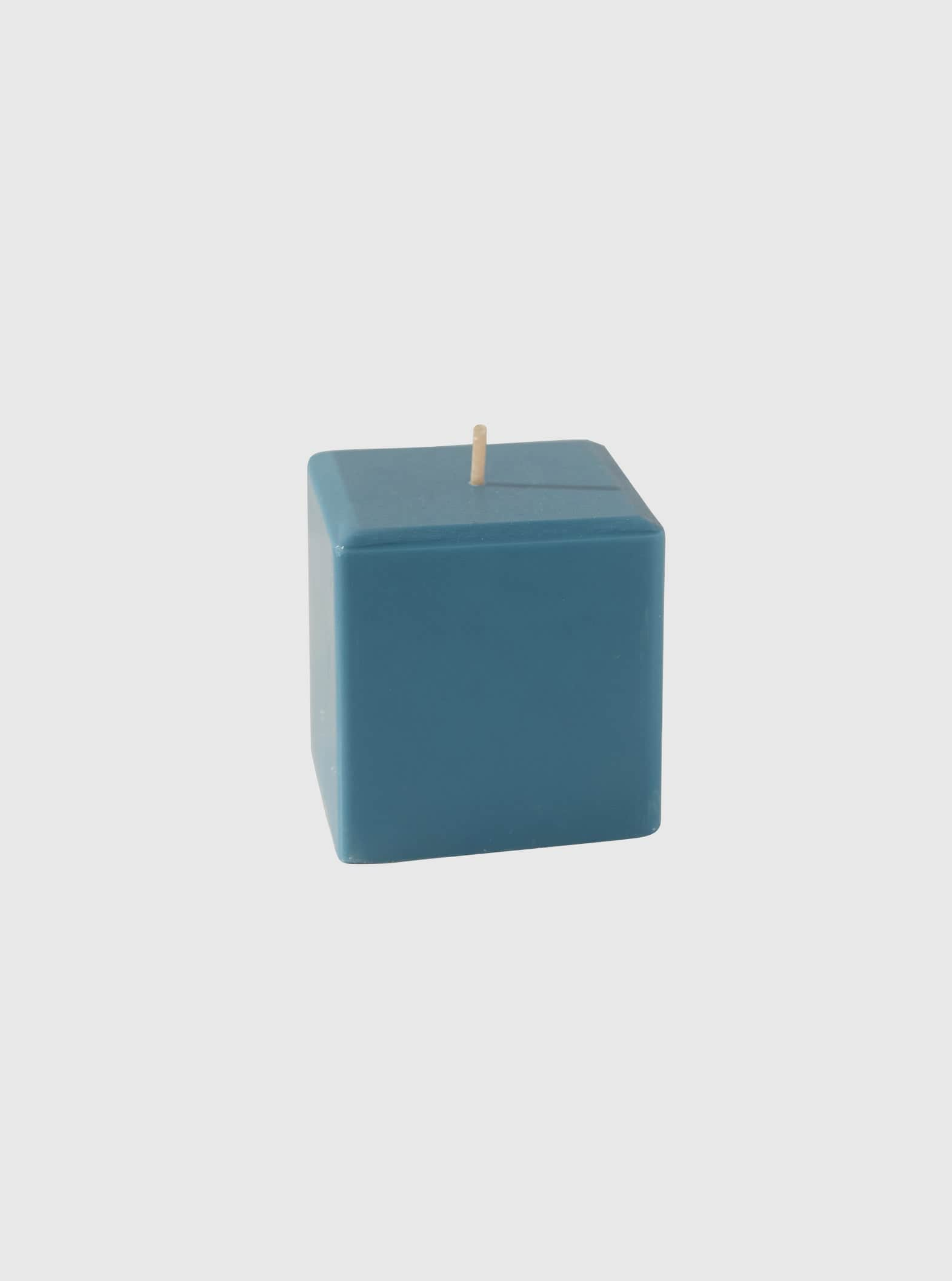-
-
-
-
-
Currency
living
From Local London Markets To Melbourne’s North-West, Chorus Is Creating Playful, Geometric Candles


A day in the life of a candle maker probably isn’t as glamorous as it sounds.

Documented By: Sarah Canavan and Taylor Hallett
A day in the life of a candle maker probably isn’t as glamorous as it sounds.
For one, it’s messy. You’re navigating wax in many different forms: cutting it from solid blocks, melting it down in boilers and pouring it into heated moulds. Things need to be measured, stains need to be dropped and there are fragrances to blend and balance. It’s hands-on: the kind of day’s work you’ll need to clean up from. But this is exactly why the founder of Chorus, Leah Pedroza, loves it.
On Wednesdays and most weekends, you’ll find Leah in the garage of her Ascot Vale home, in Melbourne’s north-west, melting, pouring and setting candles. On the other days of the week, she works for a service design consultancy as a community experience manager. It’s a contrast she appreciates: “It’s nice to have both aspects covered … I like to be away from the computer screen and be using my hands on the days that I can.”
Leah started making candles while living in London in 2015. “It was probably one of those phases where I thought, ‘I could probably try and make that’. And then I actually really enjoyed it.”She turned it into a business, setting up a studio and selling at local London markets. When she did eventually pick the tools up again during lockdown after moving back to Melbourne, she started from scratch with a different creative outlook. “I was doing more of the scented candles in London and when I came back here I was more interested in pillars and shapes and colours.”
Veering into geometric, patterned designs has been key to Chorus’s identity. It’s also allowed for a playful and more creative deviation that celebrates the functionality – and the artfulness – of candles. “I’ve been a bit more experimental with the ways of doing things this time around,” Leah says. “The styling has definitely changed … and I like to create things now that I can see working in a space that I would like to be in.”
It’s an experimental shift that has birthed brightly coloured tapered candles, classic pillars and – our favourite of all – the chequerboard cube. In the future, Leah wants to continue exploring different shapes, stains and patterns, finding fresh ways to express this well-wrought art form. “I want to try and make something that’s not already being done.”
ABOUT US
CUSTOMER CARE
EDITORIAL & RIISE PRODUCTIONS
© 2021 RIISE, All Rights Reservedjoin riise's mailing list for 10% off your first order.Availability










